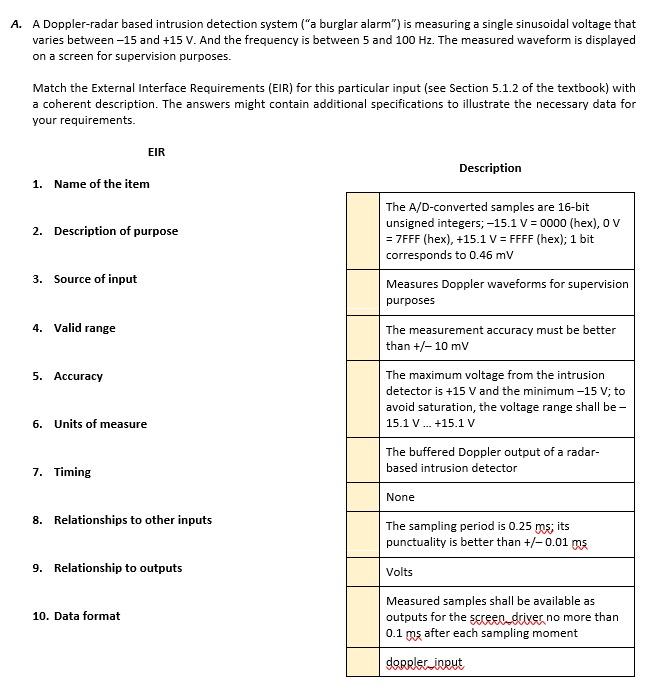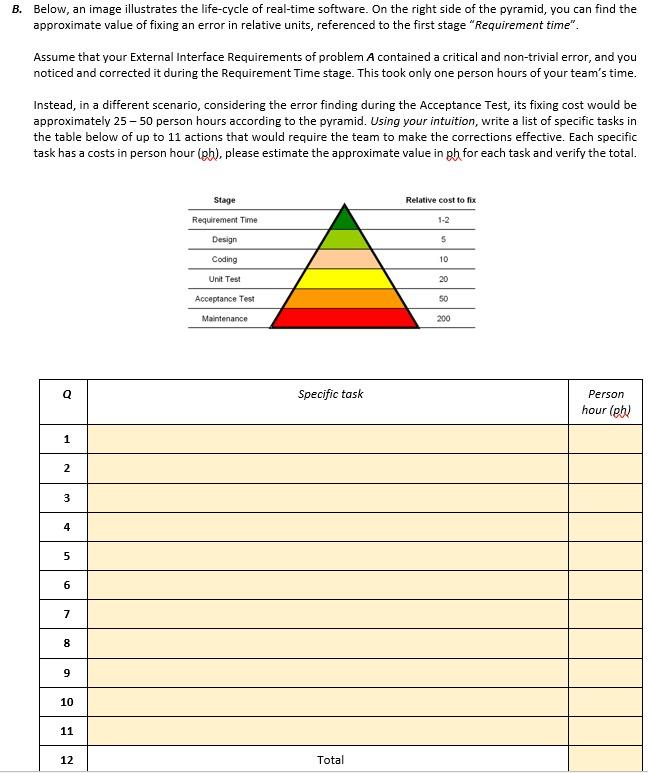Question
arduino based Task also provide schematics / circuit diagram 1. Create a prototype energy efficient Decoration/Christmas/Festive light. 2. Use a combination of several RGBs and
arduino based Task also provide schematics / circuit diagram
1. Create a prototype energy efficient Decoration/Christmas/Festive light.
2. Use a combination of several RGBs and a few LEDs for the lights
3. The light should only come on during the dark and automatically go off during the daytime. The sensitivity threshold for daylight should be adjustable by the user.
4. When the daylight intensity reduces to the threshold, the light should come on for only 5-7 seconds to show that it is activated.
a. Then it should turn on only when motion is detected within its range with a default maximum on time of 20 seconds (this should be adjustable (an input device is required) by the user). The time should reset only when the maximum on time has elapsed.
Note:
i. You will need a motion sensor and potentiometers
ii. The processor should be configured to stop whatever it is doing to respond to a sensed motion.
iii. When a motion is sensed, allow at least two seconds to pass before the processor responds to newly sensed motion: make use of the Millis() function.
b. Add a feature that allows the user to set the minimum distance an obstacle should be from the light before the motion detection is used to activate the light. This distance should be adjustable (an input device is required) by the user with an input. Note:
i. You will need another sensor that is different from a motion sensor.
c. Add an option for manual mode where the light can stay on without timing out.
5. Use a remote control (use input pushbuttons not IR remote control) to change the lighting effect. This should allow the output color of the RGB LED to be adjusted with pre-set colors via short-cut color buttons (including white) and also, with one button to cycle through the colors: jump, stroboscopic, gradual and smooth color change. In your report, provide your definition for these features: jump, stroboscopic, gradual and smooth color change:
i. The processor should be configured to stop whatever it is doing to respond to the pushbutton. The logic level that the processor responds to with this button should be different from the logic level it responds to the motion sensor.
ii. make use of the Milli() function wherever possible
6. Provide dimming control features.


Step by Step Solution
There are 3 Steps involved in it
Step: 1

Get Instant Access to Expert-Tailored Solutions
See step-by-step solutions with expert insights and AI powered tools for academic success
Step: 2

Step: 3

Ace Your Homework with AI
Get the answers you need in no time with our AI-driven, step-by-step assistance
Get Started


